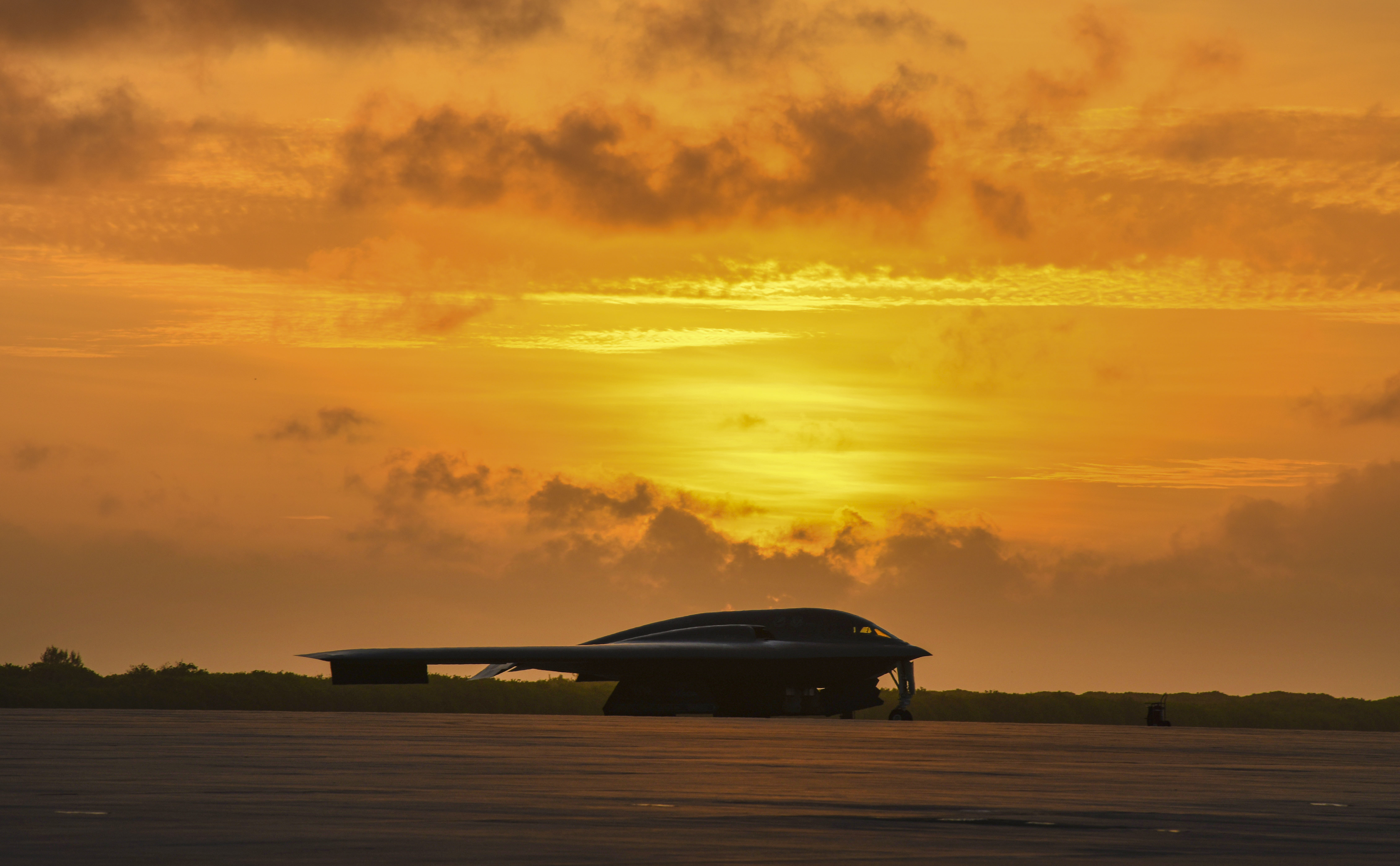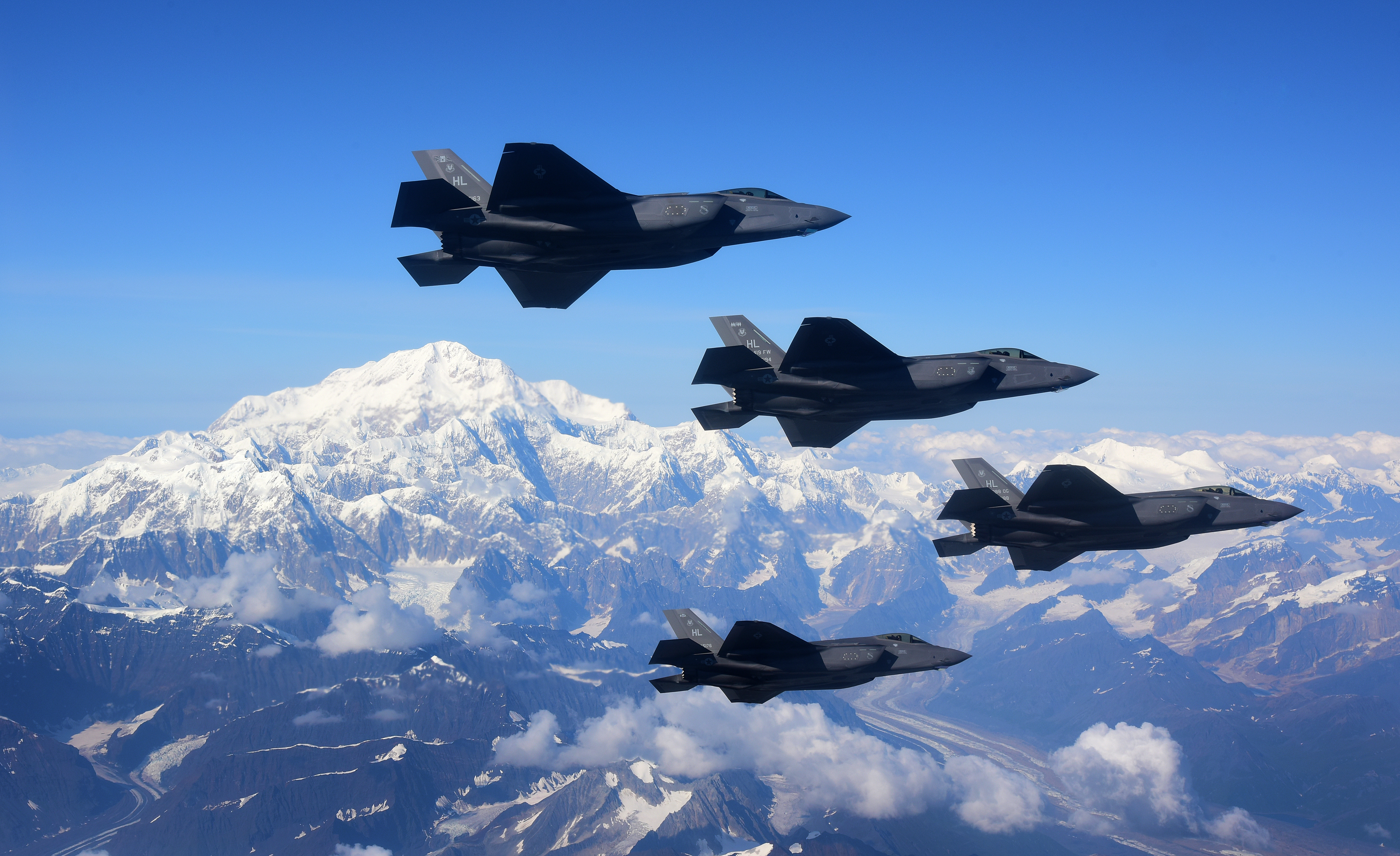
More background on the U.S. bomber forces and some info on prices for new fighters. Oh, some really nice photos too, courtesy of the U.S.A.F.
6/24/20 – Popular Science – Inside a training mission with a B-52 bomber, the aircraft that will not die. Author goes along on a training flight, weaving together history of the B-52, description of future structure of manned bomber force, and tale of the flight.
Fun read. Check it out.
Some interesting tidbits:
Every four years each B-52 goes through a massive maintenance routine which takes 40,000 hours of labor and replaces about 3,000 parts. This extensive maintenance along with major upgrades means the B-52 fleet is likely to stay in use until the year 2050.
Current inventory of the manned bomber fleet:
- 61 – B-1 Lancer – only allowed to carry conventional weapons due to the New START treaty -possibly being cut back to 45 aircraft in 2021.
- 20 – B-2 Spirit
- 76 – B-52 Stratofortress
Plan for inventory a few decades out:
- 75 – BUFFs (if you don’t know what that means, ask someone else)
- 100 – B-21 Raider – currently in development

Article describes the annual cost to operate each plane, from which we can calculate the cost of operating each fleet of aircraft:
| Aircraft | Cost/plane | fleet cost | |
| B-1 | 61 | $23M | $1,403M |
| B-2 | 20 | $43M | $860M |
| B-52 | 76 | $18M | $1,368M |
| total | 157 | $3,631M |
Article does good job of describing the American triad, a mixture of land-based ICBMs, sub based SLBMs, and manned bombers. Since the author is interviewing bomber crews and talking about their airplanes, article obviously reflects the bomber mindset that the entire ICBM force is nothing more than a “missile sink”, meaning the primary purpose of land-based missiles is to soak off all the Russian and Chinese ICBMs and SLBMs.
That’s actually how the bomber mafia thinks. Missile pukes know in the event of a first strike, all those ancient B-52s and sleek B-2s would have been radioactive dust slowly rising to the stratosphere as the missileers and sub drivers took care of business.

9/14/20 – Real Clear Defense – F-35 Stealth Fighter Now Cost Less Than Boeing’s F-15EX – Per unit cost of the fifth generation F-35A Lightning II fighter is $80M each compared to fourth generation F-15EX at $88M each. Making such calculations is difficult from an accounting direction because it means spreading the massive development costs over the expected run of aircraft and also adjusting for the high costs in the first large batch compared to what ought to be lower costs as the production teams get past the learning curve.
Total life cycle costs for the F-35 are estimated at $1.5 trillion. Keep in mind that may cover something in the range of 3,000 fighters for another 50 or more years. The aircraft has specialized variations for the Air Force, Navy, and Marines.
Thought exercise: $1.5T divided by 3,000 aircraft is $500M each, which divided by 30 or 40 year service life for each plane is somewhere around $12.5M or $16.7M a year for one plane.
While not giving dollar amounts, the article says the operating cost per hour for the F-35A is now below the operating costs of the F-15EX.